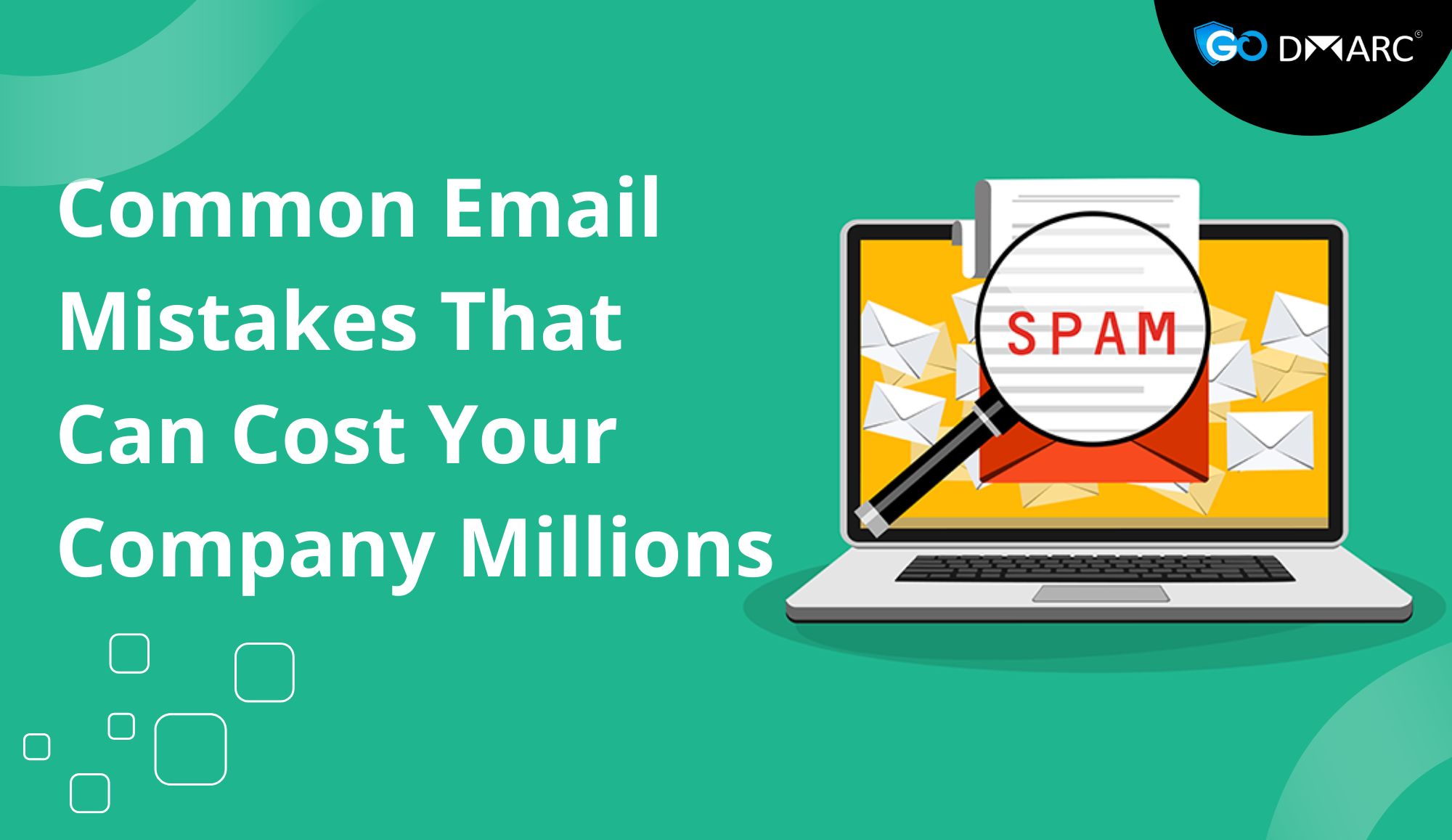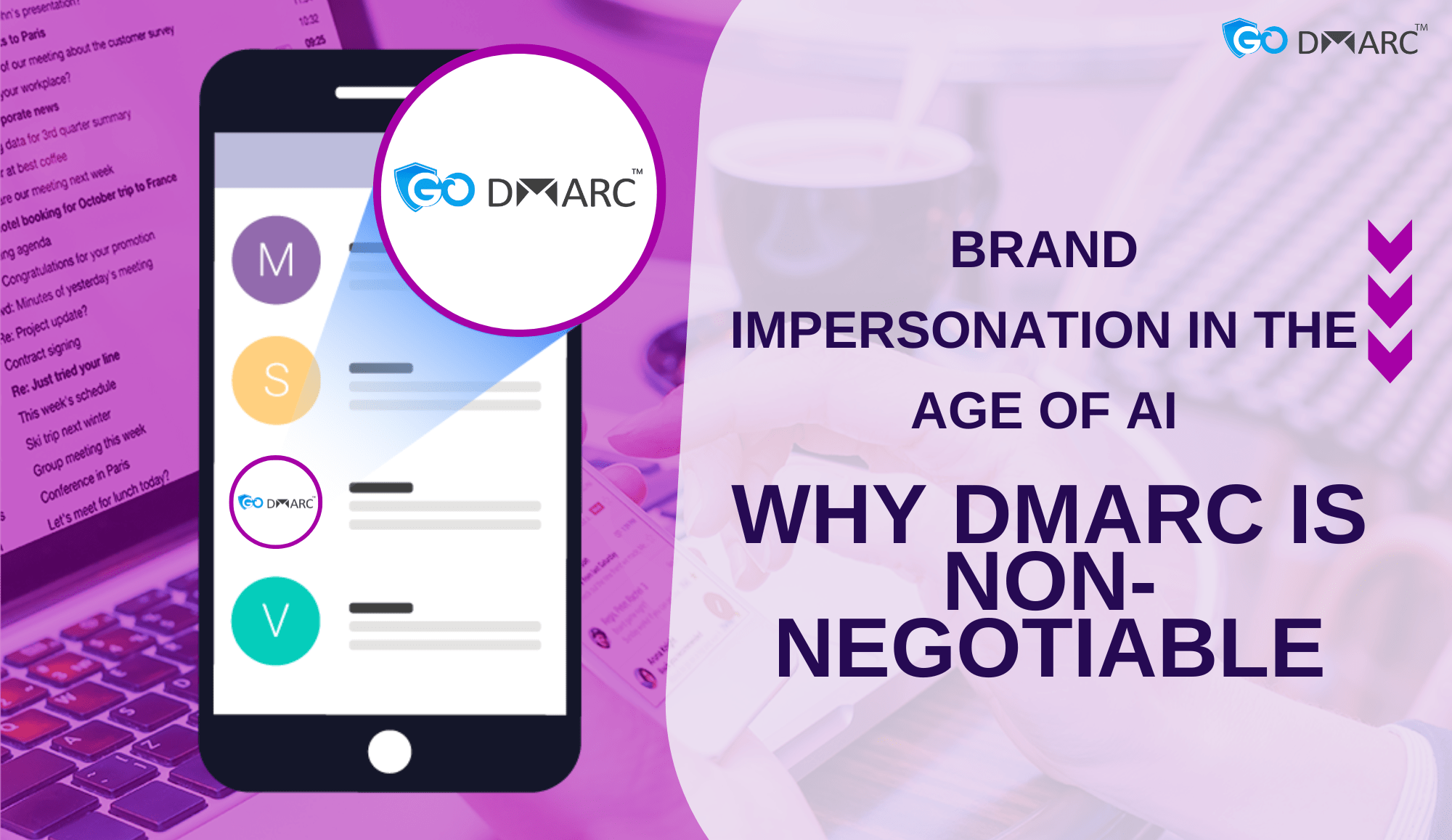Introduction
Email communication is a crucial part of any business, but successfully delivering an email to the recipient’s inbox is not always guaranteed. When emails fail to reach their destination, they often return error codes that indicate the reason for the failure. Gmail and Yahoo, two of the most widely used email service providers, have specific error codes that help senders understand delivery issues.
In this blog, we’ll explore how Gmail and Yahoo error codes impact email delivery, common types of error codes, their causes, and how senders can mitigate these issues to maintain high email deliverability.
Understanding Email Error Codes
Email error codes, also known as SMTP (Simple Mail Transfer Protocol) response codes, are messages sent by the recipient’s mail server to indicate whether an email was successfully delivered or encountered an issue. These codes generally fall into three categories:
- 2xx – Success: The email was successfully delivered.
- 4xx – Temporary Failure: The email was not delivered but might be retried later.
- 5xx – Permanent Failure: The email was rejected and cannot be retried.
Both Gmail and Yahoo have specific error codes that provide detailed reasons for email failures. Understanding these codes can help email senders take corrective actions to improve their email deliverability.
Common Gmail Error Codes and Their Impact on Email Delivery
1. 421 – Temporary System Problem
Example: 421 4.7.0 Temporary System Problem. Try Again Later
- This error occurs when Gmail’s servers are experiencing a temporary issue or when the sender’s IP is temporarily blocked due to excessive email traffic.
- Impact: Emails may be delayed but can be retried later.
2. 450 – Rate Limit Exceeded
Example: 450 4.2.1 Rate Limit Exceeded. Try Again Later
- This error happens when a sender sends too many emails in a short period.
- Impact: Gmail temporarily rejects emails, reducing the sender’s overall deliverability.
3. 550 – Message Rejected Due to Spam Content
Example: 550 5.7.1 Message Rejected. This Message Appears to Be Spam
- Gmail filters identify spam-like behavior in the email’s content, subject, or sender reputation.
- Impact: The email is permanently rejected, affecting the sender’s reputation.
4. 552 – Message Size Exceeded
Example: 552 5.3.4 Message Size Exceeds Fixed Maximum Message Size
- The email is too large due to excessive attachments or content.
- Impact: The email is rejected, and the sender must reduce the message size.
5. 554 – DMARC Policy Failure
Example: 554 5.7.9 DMARC Policy Rejection
- The sender’s domain has a strict DMARC Email Security policy, and the email fails authentication.
- Impact: Gmail rejects the email, preventing spoofed or unauthorized emails from reaching the recipient.
Common Yahoo Error Codes and Their Impact on Email Delivery
1. 421 – Temporary Deferral
Example: 421 4.7.0 [TS01] Messages Temporarily Deferred
- Yahoo defers emails due to suspected spam activity or a high volume of incoming messages from the sender.
- Impact: The email is delayed, but retries may succeed later.
2. 451 – Message Temporarily Deferred Due to User Complaints
Example: 451 4.3.2 [TS03] Message Temporarily Deferred
- Yahoo flags the sender due to high spam complaints from recipients.
- Impact: Emails from the sender may be delayed or rejected.
3. 554 – Message Rejected for Policy Reasons
Example: 554 5.7.9 Message Not Accepted for Policy Reasons
- The email violates Yahoo’s security policies, often due to poor sender reputation.
- Impact: The email is permanently rejected, requiring corrective action.
4. 550 – Mailbox Not Available
Example: 550 5.2.1 Mailbox Not Found
- The recipient’s email address is invalid or does not exist.
- Impact: The sender’s bounce rate increases, lowering their email reputation.
5. 553 – DMARC Policy Enforcement
Example: 553 5.7.1 DMARC Policy Failure
- The sender fails DMARC Email Security checks.
- Impact: Yahoo rejects the email to prevent domain spoofing.
How to Improve Email Deliverability and Avoid Error Codes
1. Authenticate Emails with SPF, DKIM, and DMARC
Proper email authentication is crucial to avoid rejections due to security policies. Implement:
- SPF (Sender Policy Framework): Defines which mail servers are authorized to send emails for your domain.
- DKIM (DomainKeys Identified Mail): Adds a digital signature to verify email integrity.
- DMARC Email Security: Ensures that only legitimate emails are sent on behalf of your domain.
2. Maintain a Good Sender Reputation
- Avoid sending large volumes of emails in a short period.
- Monitor email engagement metrics (open rates, click-through rates).
- Reduce spam complaints by providing clear unsubscribe options.
3. Monitor Bounce Rates and Remove Invalid Emails
- Continuously clean your email list by removing invalid or inactive email addresses.
- Use email validation tools to verify email addresses before sending.
4. Reduce Spam-Like Behavior
- Avoid excessive use of capital letters, spam trigger words, and misleading subject lines.
- Ensure your email content is relevant and personalized.
5. Follow Gmail and Yahoo Sending Guidelines
- Gmail and Yahoo have specific sender guidelines, including rate limits and email format requirements.
- Adhering to these policies prevents unnecessary rejections.
6. Implement a Feedback Loop (FBL)
- Yahoo provides a Complaint Feedback Loop (CFL) that allows senders to track complaints.
- Gmail’s Postmaster Tools provide insights into sender reputation and spam rates.
7. Use a Reliable Email Sending Platform
- Platforms like SendGrid, Mailgun, or Amazon SES help manage email delivery efficiently.
- These services offer analytics to track deliverability issues.
8. Monitor Blacklists and Remove IP Blocks
- If your IP or domain is blacklisted, use tools like MXToolbox to check and request delisting.
9. Optimize Email Size and Attachments
- Keep email sizes under the recommended limits (25MB for Gmail, 20MB for Yahoo).
- Use file-sharing links instead of large attachments.
10. Test Emails Before Sending
- Use email testing tools like Mail-Tester or Litmus to check deliverability and spam scores.
Conclusion
Gmail and Yahoo error codes play a significant role in email deliverability. Understanding these error messages helps email senders diagnose issues and take corrective measures to improve inbox placement. DMARC Email Security is a crucial aspect of preventing email spoofing and ensuring that only legitimate emails are sent.
By implementing authentication protocols, maintaining a strong sender reputation, and adhering to email provider policies, businesses can minimize email rejections and improve their overall email deliverability.
Taking proactive measures ensures that emails reach the intended recipients, boosting engagement and trust in email communication.




